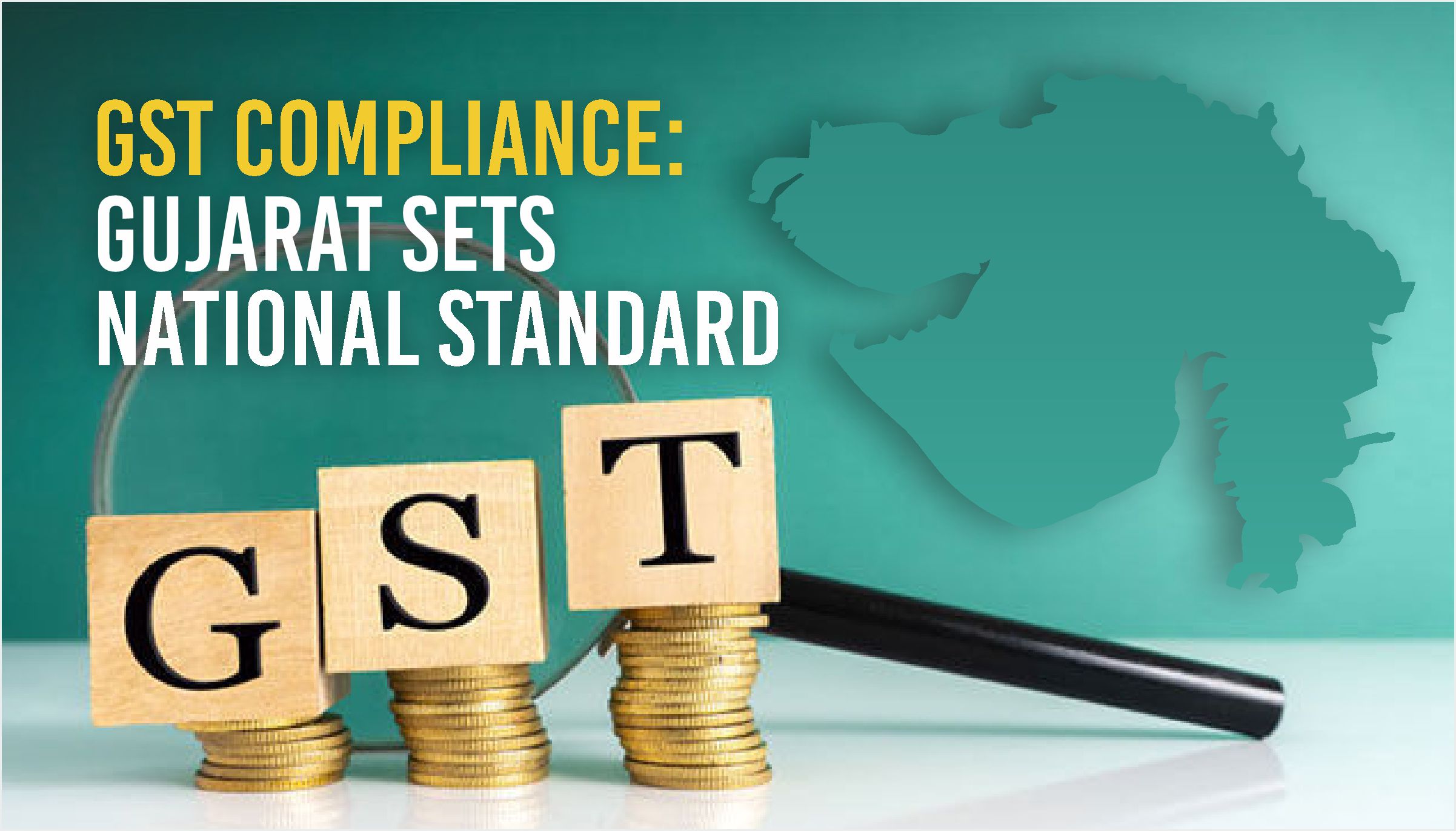GST Compliance: Gujarat Sets National Standard

Recent data released by the Goods and Services Tax Network (GSTN) has unveiled significant disparities in GST compliance rates across various states and union territories (UTs) in India. This analysis provides a comprehensive overview of the compliance landscape, highlighting both successes and areas of concern.
Leading States in GST Compliance
Gujarat emerges as the frontrunner in GST return filing compliance, boasting an impressive 95% submission rate of Form 3B by eligible businesses for the current fiscal year up to May. This high level of adherence underscores Gujarat’s robust tax administration and business compliance culture.
Following closely behind are states like Himachal Pradesh, Tamil Nadu, Uttar Pradesh, Punjab, Haryana, Delhi, Rajasthan, and West Bengal, each reporting compliance rates exceeding 90%. These states have demonstrated commendable efficiency in ensuring that businesses meet their tax obligations promptly and accurately.
Among union territories, both Jammu and Kashmir and Chandigarh have achieved the 90% compliance benchmark, reflecting efficient tax administration even in smaller administrative units.
Regional Disparities and Concerns
Despite these successes, the data reveals a concerning trend in certain regions, particularly in the north-eastern states. States like Arunachal Pradesh and Manipur reported lower compliance rates of 74% and 77%, respectively, indicating challenges in tax compliance enforcement in these regions. Similarly, the Andaman and Nicobar Islands recorded approximately 80% compliance, highlighting a significant gap compared to the top-performing states.
Timeliness of Filing
Across all states and union territories, it is noted that approximately 8-18% of taxpayers filed their returns after the due date. This tardiness, while relatively small in percentage terms, underscores the importance of timely compliance to maintain smooth tax administration and revenue flow.
Implications of Compliance Rates
The adherence to GST regulations goes beyond regulatory compliance; it serves as a pivotal indicator of the efficiency of the tax collection system. High compliance rates directly contribute to enhanced revenue collection, crucial for funding developmental initiatives and public services.
Moreover, states’ efforts in tax compliance are pivotal in determining their fiscal performance and subsequent allocation of central government resources by the Finance Commission. This financial incentive further motivates states to streamline their tax administration and improve compliance rates.
Strategic Imperatives for Enhancing Compliance
Experts emphasize the necessity of adopting a holistic approach to enhance compliance in underperforming regions. This strategy should encompass targeted outreach programs, improved taxpayer education, simplified compliance procedures, and enhanced enforcement measures. Addressing these factors holistically will be critical in narrowing the compliance gap between states and UTs.
As India’s GST regime continues to evolve, the insights gleaned from these compliance statistics are invaluable. They not only underscore the successes achieved by states like Gujarat but also illuminate the areas requiring focused attention and strategic interventions. Moving forward, enhancing GST compliance nationwide will remain a priority for both central and state GST authorities, ensuring a robust and equitable tax administration framework across the country.
